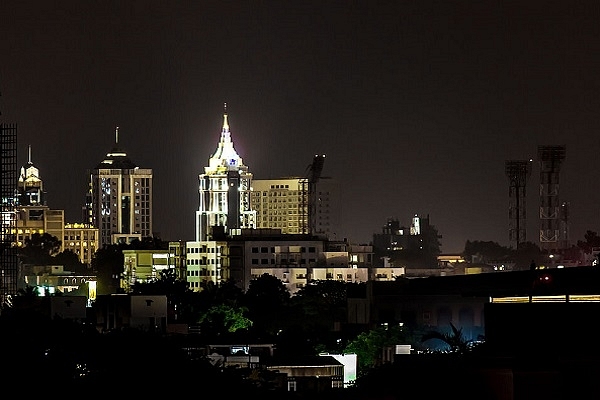Insta
Better Late Than Never: After Six Years, India Enters Innovation Index At Rank 54, South Korea And Germany On Top

The 2017-18 Economic Survey says India’s R&D spend has <a href="https://economictimes.indiatimes.com/news/economy/finance/indias-rd-spend-stagnant-for-20-years-at-0-7-of-gdp/articleshow/62697271.cms">stagnated</a> at around 0.6 to 0.7 per cent of GDP in the last two decades.
According to the 2019 Bloomberg Innovation Index, India has marked its entry at rank 54, while South Korea tops the chart by being the most innovative economy in the world.
Germany, which made significant gains in research and education segments, took the second place, followed by Finland and Switzerland. The US, which is the world’s largest economy, also improved its score and came it at eighth position.
The innovation index is published annually by Bloomberg, and the 2019 edition is its seventh. The index analyses several criteria using seven metrics, including research and development (R&D) spending, manufacturing capability and concentration of high-tech public companies.
While the US, China and Japan have the most number of high-tech companies respectively, South Korea, Japan and China lead in the ‘patents’ category.
Stagnant R&D Spending
Accordion to the 2017-18 Economic Survey, India’s R&D spending has stagnated at around 0.6 to 0.7 per cent of the Gross Domestic Product (GDP) in the last two decades. "India's spending on R&D (about 0.6 per cent of GDP) is well below that of major nations such as the US (2.8), China (2.1), Israel (4.3) and Korea (4.2)," the survey noted.
However, India's investment in science, measured as Gross Expenditure on R&D (GERD) has tripled in the last decade, while the ratio has remained stagnant.
Introducing ElectionsHQ + 50 Ground Reports Project
The 2024 elections might seem easy to guess, but there are some important questions that shouldn't be missed.
Do freebies still sway voters? Do people prioritise infrastructure when voting? How will Punjab vote?
The answers to these questions provide great insights into where we, as a country, are headed in the years to come.
Swarajya is starting a project with an aim to do 50 solid ground stories and a smart commentary service on WhatsApp, a one-of-a-kind. We'd love your support during this election season.
Click below to contribute.
Latest